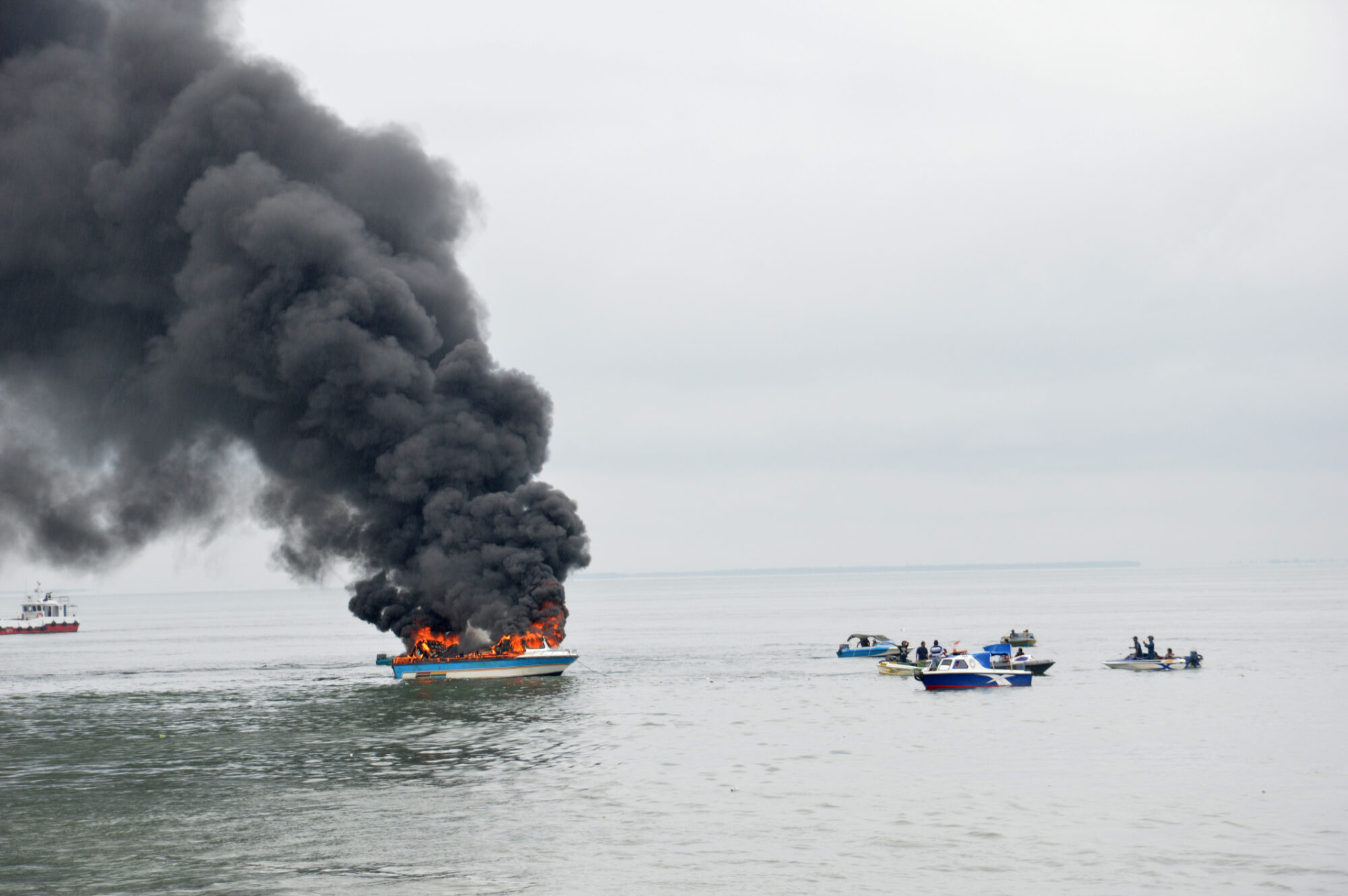If you’ve spent any significant time on the water, you know that VHF Channel 16 is the lifeline of the maritime world. It’s the channel where boaters hail each other, and it’s the go-to for emergency communications. Most of the time, it’s a professional and orderly space, but every now and then, the traffic on Channel 16 takes a turn for the bizarre. Recently, I had the chance to witness firsthand just how wild it can get.
A Mayday for a Dead Engine?
It was a typical afternoon on the water, the sun was shining, and everything seemed calm. Then, suddenly, a voice crackled over Channel 16. “Mayday, Mayday, Mayday!” The urgency in the voice caught everyone’s attention. This is the signal for a serious emergency—lives in danger, a boat sinking, or a medical emergency. But what followed next was a bit of a head-scratcher.
“This is the vessel [Boat Name]. We’re dead in the water, our engine won’t start, and we’re just floating here.” The voice was clearly distressed, but as more details emerged, it became evident that this was not a life-threatening situation. The boat was in no immediate danger, the weather was calm, and there were no hazards nearby. The only problem was a stubborn engine that refused to turn over.
The Coast Guard, as professional as ever, responded immediately, asking for the boat’s position and assessing the situation. But as the conversation unfolded, it became clear that the boater had misunderstood the purpose of a Mayday call. They were simply frustrated and needed a tow—not exactly the life-or-death scenario that Channel 16 is reserved for.
Other boaters listening in couldn’t help but chuckle, and a few even made some sarcastic remarks on nearby channels. Eventually, the Coast Guard calmly instructed the boater to switch to a working channel and await assistance, but it was a stark reminder of why it’s so important to know when—and when not—to use a Mayday call.
Cross-Border Communications: When Radio Waves Go a Little Too Far
As if the Mayday situation wasn’t entertaining enough, another day, there was an entirely different kind of drama. There was radio traffic from a Coast Guard Sector Puget Sound repeater near the Canadian border, and they were conducting routine communications on Channel 16.
Apparently, their transmissions crossed over into Canadian waters, and a Canadian boater, clearly irritated, decided to take matters into his own hands. He hailed the U.S. Coast Guard, informing them in no uncertain terms that they were infringing on Canadian sovereignty—at least in terms of radio waves—and instructed them to “keep your radio traffic in your own country.”
The Coast Guard, always the professionals, acknowledged the transmission politely and continued to broadcast as they normally would. But the exchange left everyone listening with a bit of a grin. It’s not every day you hear an international incident—albeit a minor one—play out over the radio waves.
“To the Boat in Front of Me”: The Classic VHF Blunder
As I’ve listened to the radio traffic over the past few weeks, there’s been one phrase that keeps popping up that never fails to make me smile: “To the boat in front of me…” It’s an innocent enough phrase, but it reveals a common misunderstanding about how VHF radios work. Unless the world truly revolves around this individual, the “boat in front of me” could be any boat within a 30 to 40-mile range, given the reach of VHF signals over water.
Every time I hear it, I can’t help but laugh at the lack of radio knowledge. The intention is clear—they want to get the attention of the vessel directly ahead of them—but on a crowded waterway, that vague description could apply to countless boats. It’s a gentle reminder that a little bit of radio etiquette and clarity in communication can go a long way in avoiding confusion.
A Reminder to All Boaters
These incidents serve as a humorous, yet important, reminder to all of us out on the water. VHF Channel 16 is a vital tool for safety and coordination, but it’s also a channel that demands respect and a certain level of understanding. Knowing when to issue a Mayday—and when not to—can make all the difference in an emergency. And while the border between Canada and the U.S. may seem invisible on the water, it’s a line that even radio waves need to respect.
So the next time you’re out on the water and reach for that VHF radio, remember these stories, have a good laugh, but most importantly, use Channel 16 wisely. After all, you never know who might be listening in!
Site created by Steve Stedman of Stedman Solutions, llc.